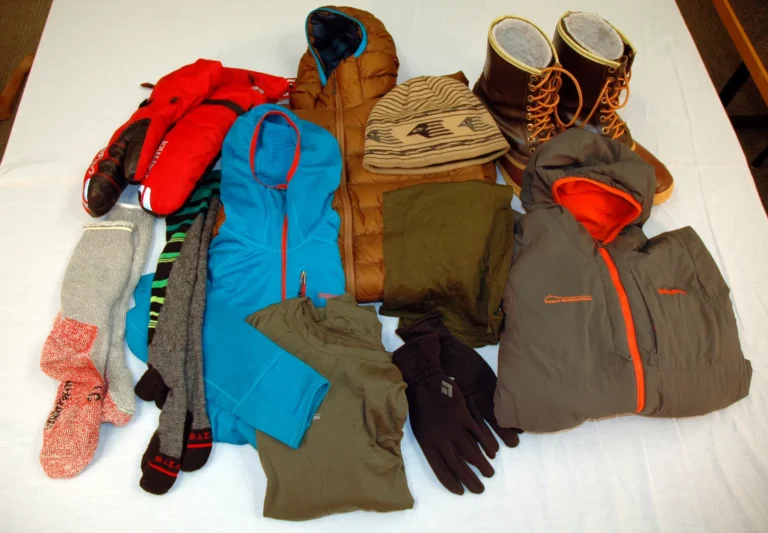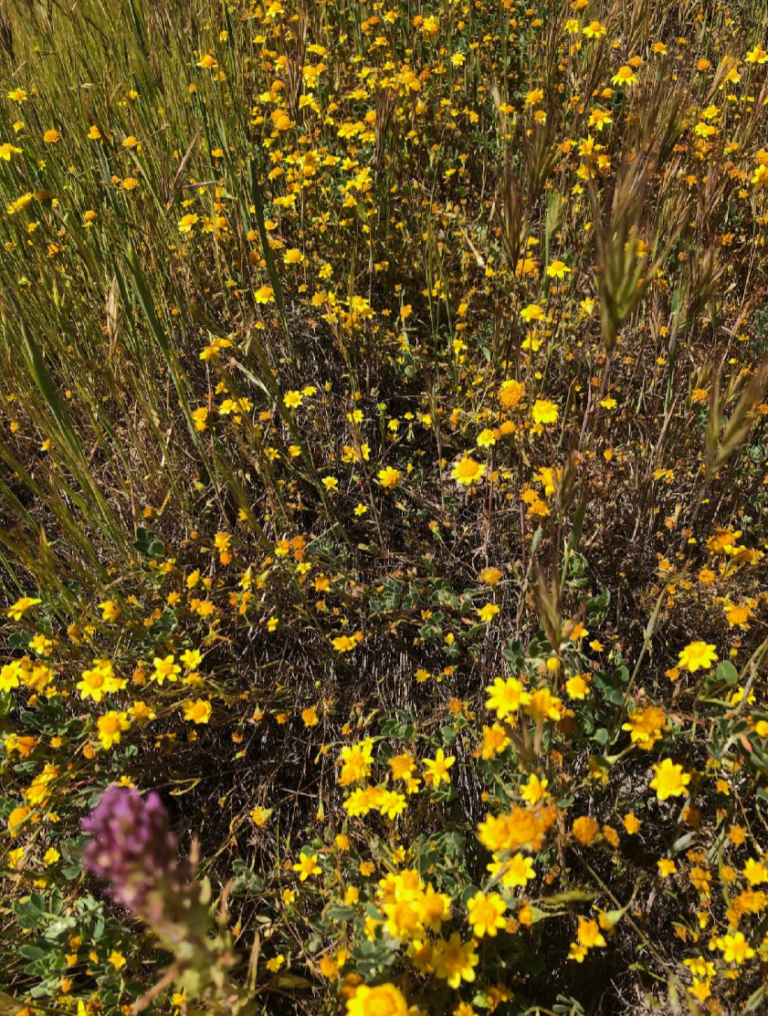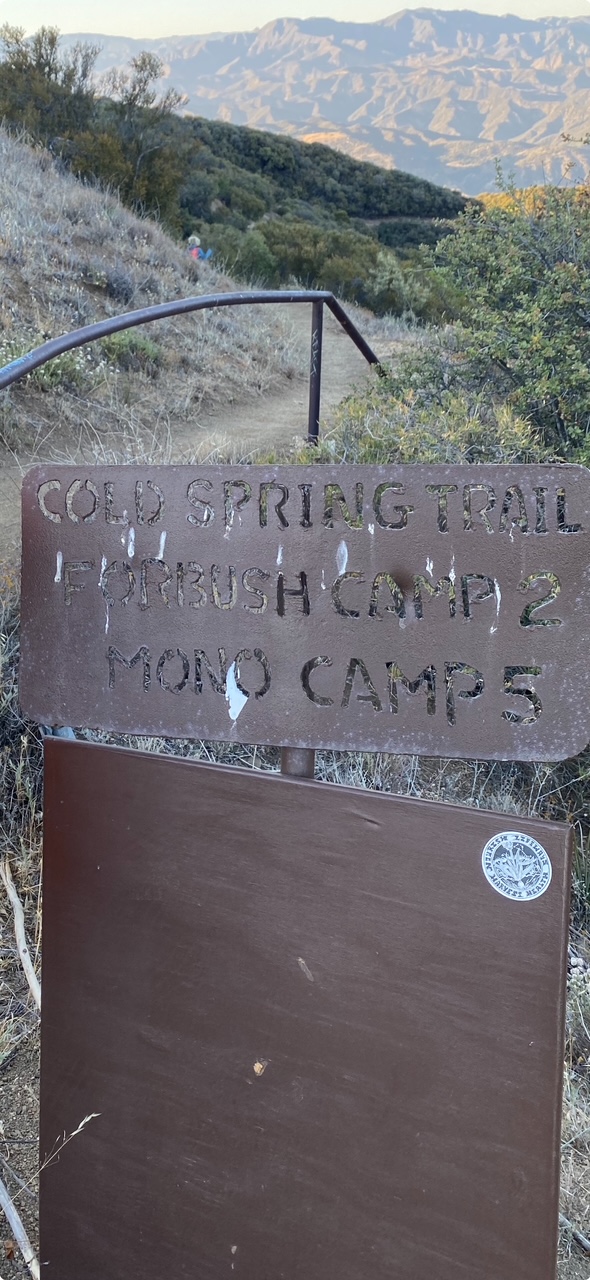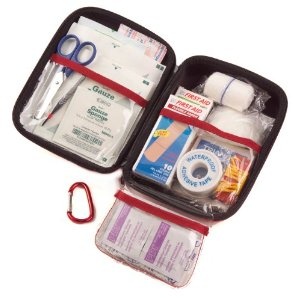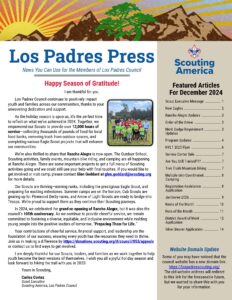Cleaning Your Gear
I know. You meant to scrub and scour your gear after last campout. But … (insert your excuse
here). Now, set aside one weekend afternoon to get your gear back into action and promise to be
better next time.
TENT
Cleaning:
- Pitch your tent in a well-vented spot. Shake it upside-down to dislodge dirt and debris,
then vacuum or sweep the interior. If it’s dirty, hose off the exterior with cold water. Wipe
down with a towel and let it dry thoroughly. Never store a wet tent. - Brush away mildew by adding a half cup of bleach to one gallon of hot water (1/32
solution), followed by multiple rinses of hot water mixed with small doses of lemon juice
and salt. For serious funk, you need to deodorize in a tub with special chemical.
(McNett’s Mirazyme. Check mcnett.com) - Scrub off sticky pine sap with a sponge soaked in mineral oil, then rinse the fabric to
remove residue. - Clean balky zippers with a toothbrush and warm water. Lubricants can attract dirt and
grime. - Let your tent dry completely. Store loosely in dry, cool place. (I store my tents loosely in
a cardboard box.) - Replace any missing or worn guylines. Straighten bent stakes.
BOOTS
Cleaning:
- Wiping away dirt isn’t just cosmetic. Caked-on mud clogs pores in leather, drying it out
and compromising breathability. Use warm water and a stiff brush to remove what you
can; clay and mineralized soils may require mild dish soap. Use a toothbrush for tight
spaces. - Scrub especially grungy footwear with McNett’s ReviveX Boot Cleaner (about $7),
which is designed to remove mud without clogging waterproof/breathable membranes. - Dry boots at room temperature. Do not put your boots in kitchen oven or blow with hair
dryer. Let boots dry slowly to avoid cracking. - Restore waterproofing with a coating specific for the boots. (Leather, suede, nubuck, or
fabric) Check out nikwax.com or grangerusa.com
BACKPACK
Cleaning:
A pack can be a major investment, and it’s one that needs care. Whether you’re wearing a daypack
or large backpack, salts from your sweat and oil from your skin will likely seep into the shoulder
straps and hipbelt. Grease spots may form from cooking splatters. All these can attract dirt over
time, degrading the fabric. Zippers can get gunked up, making them difficult to use. Food bits in the
pockets can draw unwanted attention from critters. So, there are plenty of reasons to keep your
pack clean.
Whether you’re doing a light cleaning or a deep cleaning, here’s what you’ll need:
- A mild soap—one that has no fragrances or other additives. A product like castile
soap would work; so would a wash product made especially for technical packs and
clothing. - Clean sponge or washcloth
- Soft (not stiff) nylon-bristled brush or used toothbrush
In general, follow these guidelines:
- Never wash a pack in a washing machine or dry it in a dryer.
- Use lukewarm (not hot) water, and use your soft sponge or brush sparingly, so you
don’t harm any protective coatings on the pack. - Hang the pack to dry in the shade or indoors, not in the direct sun (UV light can
degrade the fabric). - Zippers need occasional cleaning to remove fine sand, dust and other particles. Be
careful not to scrub, as many zippers have water-resistant coatings. Help stuck
zippers slide with a lubricant made for zippers.
Light Cleaning
After any hike or overnight trip, it’s a good idea to do a quick once-over of your pack. Here’s how:
- Empty all pockets. Shake it upside down to get out sand and dirt.
- Use your clean sponge (no soap needed) to wipe out interiors.
- Lightly scrub any stains or spots on the exterior with your sponge and a little soap.
- Use clean, cool water with your sponge or cloth to rinse off the soap.
- When the pack’s dry, put your Ten Essentials back in so you’re ready to go on your
next outing.
Deep Cleaning
You may go years without really cleaning your pack, but sooner or later you’ll want to get the funk
and camp smoke out of it. Here’s how:
- After emptying your pack, gently vacuum seams and crevices in the pockets and way
down inside the main body of the pack to remove any crumbs, sand or loose dirt. - Remove the hip belt and shoulder straps, if your pack allows. Wash those separately
with a sponge and a little soap. Rinse well under running water. - If your pack’s metal frame can be removed or detached, do so (check your owner’s
manual to be sure it can) and set the frame aside. - Fill a bathtub or large sink with about 6 inches of lukewarm water. Use your mild
soap. Submerge and swish your pack vigorously, sponging off the interiors and
brushing exterior spots. Pay attention to any places that come in contact with skin.
Be gentle with mesh pockets. - Drain. Fill with 6 inches of clean cool water, rinse well. Rinse twice if necessary to
remove all soap residue.
Recipe of the Month
Parmesan Orzo Primavera (Serves 4)
1 can (14-1/2 oz.) chicken broth
1 cup orzo pasta, uncooked
2-1/2 cup chopped fresh vegetables, (broccoli, carrots, green onion, red peppers)
1/3 cup grated parmesan cheese
Combine chicken broth and pasta in medium saucepan. Stir in 1/3 cup water. Bring to
boil. Reduce heat to medium-low; cover and simmer 7 minutes.
Add vegetables; mix well. Cook an additional 5 minutes. Remove from heat.
Stir in parmesan cheese.
Serve with French or Sourdough bread.
By: Mr. Soga
